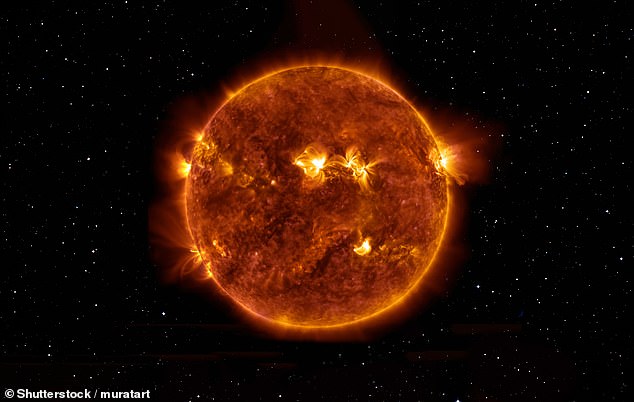
Imminent Solar Storm Threatens Widespread Power and Communication Outages
Intensifying Solar Storm Threatens Tech Disruptions, Sparks Auroras
A massive solar storm impacting Earth since the weekend is intensifying, raising alerts for potential radio blackouts, GPS disruptions, and power grid strain across parts of the U.S. Officials issued a Level 3 geomagnetic storm warning—indicating risks to satellite communications, electrical systems, and vibrant auroras visible much farther south than usual.
Geomagnetic storms occur when bursts of charged particles from the Sun collide with Earth’s magnetic field. The current storm, sparked by a powerful M8.2 solar flare on Sunday, sent a coronal mass ejection (CME) hurtling toward Earth. CMEs are explosions of plasma and magnetic energy that can amplify geomagnetic activity.
Potential Impacts
- Power Grids: Utilities in the Midwest and Northeast may face voltage irregularities, false alarms, or temporary shutdowns.
- Communications: GPS signals, radio, and satellite systems could experience outages, particularly on the nightside of Earth.
- Auroras: Northern lights may illuminate skies in 13 U.S. states, including Washington, Idaho, Montana, the Dakotas, Minnesota, Michigan, and parts of New England. In the UK, Scotland and Northern Ireland could also witness the spectacle.

The aurora borealis, or northern lights, may be visible as far south as New York this week.
Viewing the Aurora
The best time to catch the display is 10 PM to 2 AM local time, away from city lights. Smartphone cameras may capture colors invisible to the naked eye.
Storm Severity and Duration
The National Oceanic and Atmospheric Administration (NOAA) classifies the storm as G3 (strong) on a scale from G1 (minor) to G5 (extreme). While not catastrophic, G3 storms can disrupt power infrastructure, satellites, and navigation systems. NOAA warned impacts could linger for days but assured measures are underway to mitigate risks.

Areas in orange/red may face power fluctuations or outages.
Expert Warnings
Space weather physicist Dr. Tamitha Skov noted the storm’s speed and moderate magnetic field strength could escalate to G4 levels, emphasizing GPS and radio users should prepare for disruptions. Meanwhile, scientists stress global readiness gaps for extreme solar events. A recent simulation of a “solar superstorm” predicted catastrophic grid failures, weeks-long blackouts, and communication breakdowns.
Preparing for the Future
Researchers advocate for improved space weather monitoring, enhanced forecasting, and government collaboration to safeguard infrastructure. Recommendations include deploying advanced satellites and prioritizing real-time data to issue earlier warnings.
While this storm’s immediate effects are manageable, it underscores the need for preparedness as solar activity increases toward its 2025 peak. For now, skywatchers can enjoy nature’s dazzling light show—a silver lining to the cosmic turmoil.
Word count: ~600


